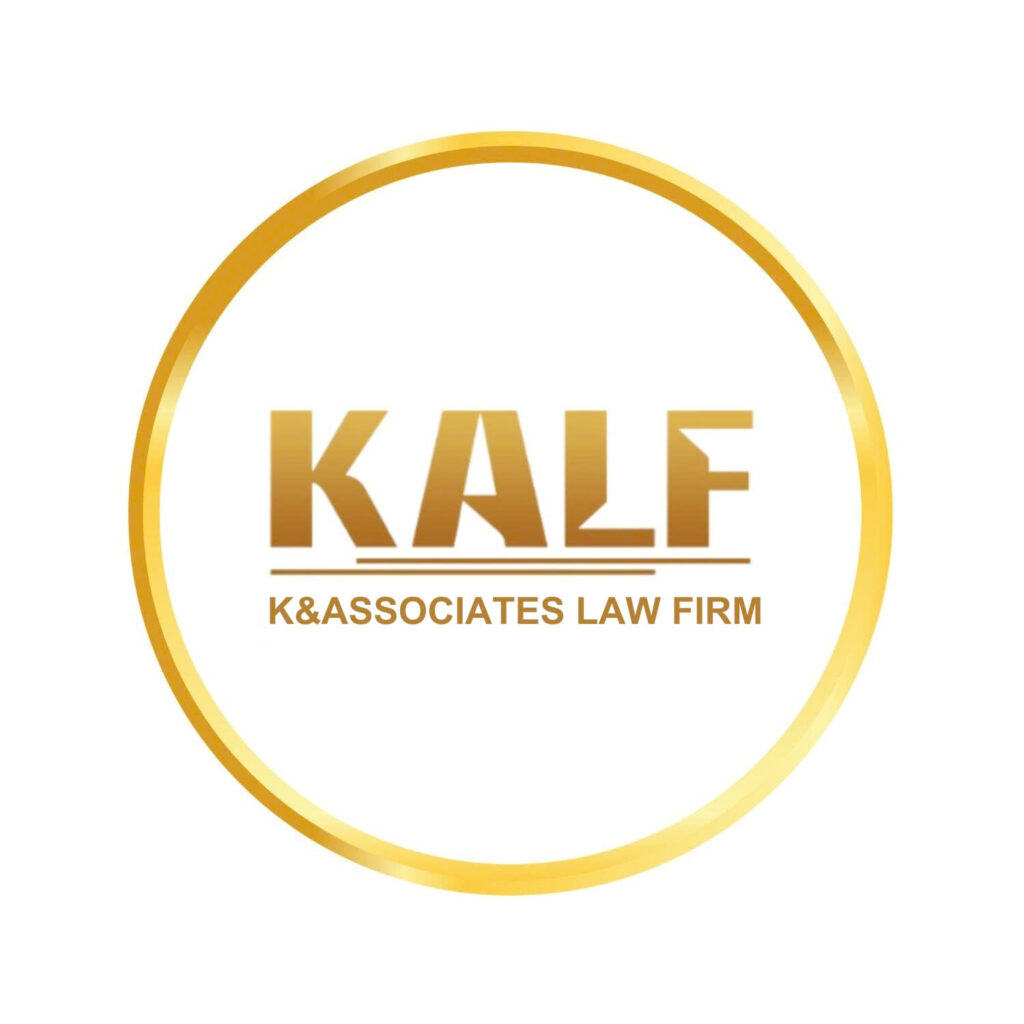Securities underwriting has many benefits for issuers, helping to promote market development. It can be considered that securities underwriting companies are a place to help businesses raise capital and lead capital for the economy. However, in recent years, securities underwriting activities have not really operated to their full capacity and role. The securities underwriting market is still very gloomy, has not earned much revenue profit, has not opened up capital flows for businesses.
- Concept
Securities underwriting is a commitment by the guarantor to the issuer of securities to buy back all or part of the securities of the issuer for the purpose of reselling or purchasing the remaining securities that have not been fully distributed or to make maximum efforts to distribute the securities to be issued. Thus, it can be understood that the securities guarantor will carry out all procedures on behalf of the securities issuer related to the number of securities that have been underwritten to the public and the guarantors will seek profit from the guarantee service fee or the difference in the resale of the number of securities guaranteed satin.
- Forms of securities underwriting
- Guarantee with firm commitment
The underwriting organization undertakes to purchase all the issued securities, whether distributed or not. This represents certainty in addressing risks that may arise in the issuance. Guarantors purchase the issuer’s securities at a discounted price. They then resell it at the asking price to the public and enjoy the price difference.
- Guarantee with the highest effort
The guarantee organization does not commit to sell all issued securities. Instead, the company will pledge to do its best to sell those securities to the market. In case of failure to distribute it all, the guarantor will return to the issuer the rest. With this form, the guarantor company will not incur any penalties if it does not sell all securities.
- All-or-no guarantee
The issuer will require the guarantor to sell a certain number of securities. If the guarantor fails to distribute all the agreed securities, the entire issuance will be canceled. The guarantor organization is obliged to return the money to the investor who purchased the securities.
- Minimum – maximum method guarantee
The combination of the highest form of guarantee and the sale of all or created guarantees in the minimum-maximum manner. Applying this form, the issuer will require the guarantor to freely offer securities to the maximum extent prescribed. In case the number of securities sold is lower than the prescribed level, the entire issuance shall be canceled.
- Guarantee by backup method
Contingency guarantees are incurred because some issuers add additional shares and the company’s shareholders do not choose to buy more. At this time, the issuer looks to the backup underwriting organization for them to buy and transfer shares to the public. At this time, the guarantor organization is the final buyer or offer for sale of shares.
- Conditions for underwriting securities
Securities underwriting service providers, in addition to underwriting licenses, also need to ensure the following conditions:
- The guarantor is not related to the issuer. Cases such as the parent-child company, the company and the manager, signing the company acquisition contract, having the right to control the company’s decisions, having a parent-husband relationship,… are not accepted to underwrite securities.
- Make guarantees in accordance with the provisions of law.
The guarantor should assist the issuer in carrying out important procedures before offering securities. In addition, according to the 2019 securities law, it is stipulated: “Securities underwriters meet the criteria of financial safety.“
- Underwriting is allowed only when the total value of securities must not be greater than the entire equity, guaranteeing less than 15 times the result of the difference between the value of current assets and current liabilities (data based on the previous quarterly report). Or the maximum guarantee value is 50% of the equity of the guarantor organization as of the end of the quarter closest to the date of signing the guarantee contract. Except for the issuance of government bonds.
- Issuers may only accept securities underwriting operations when they have registered and licensed securities self-trading operations.The required legal capital is VND 165 billion, the organization does not violate the law at least 6 consecutive months before the time of guarantee.
- It is necessary to open a separate account with the underwriting company in order to be able to receive the client’s securities reservation funds. The account is set up at a legally operating bank. This ensures clarity and transparency throughout the issuance, avoids confusion between funds as well as prevents fraud.
Underwriting in the form of commitments will certainly not be fulfilled in some cases:
- The independent underwriter or the organization itself owns 10% of the charter capital of the issuer.
- An organization jointly holds at least 30% of the charter capital of the guarantor and the issuer. This means that there is a third party related to the two objects, the guarantor and the issuer.
- If this issuance has a guarantee commitment value greater than 2 times the equity of the guarantor, an underwriting team will have to be established, not arbitrarily guaranteed. At this time, there will be the main guarantor organization holding a higher commitment rate than the secondary guarantor organizations.
Above is the content of KALF’s advice on the securities underwriting process and some related legal issues. All of our above advice opinions are based on applicable legal provisions. If you have any questions or requests about legal issues, please contact us for timely answers.




